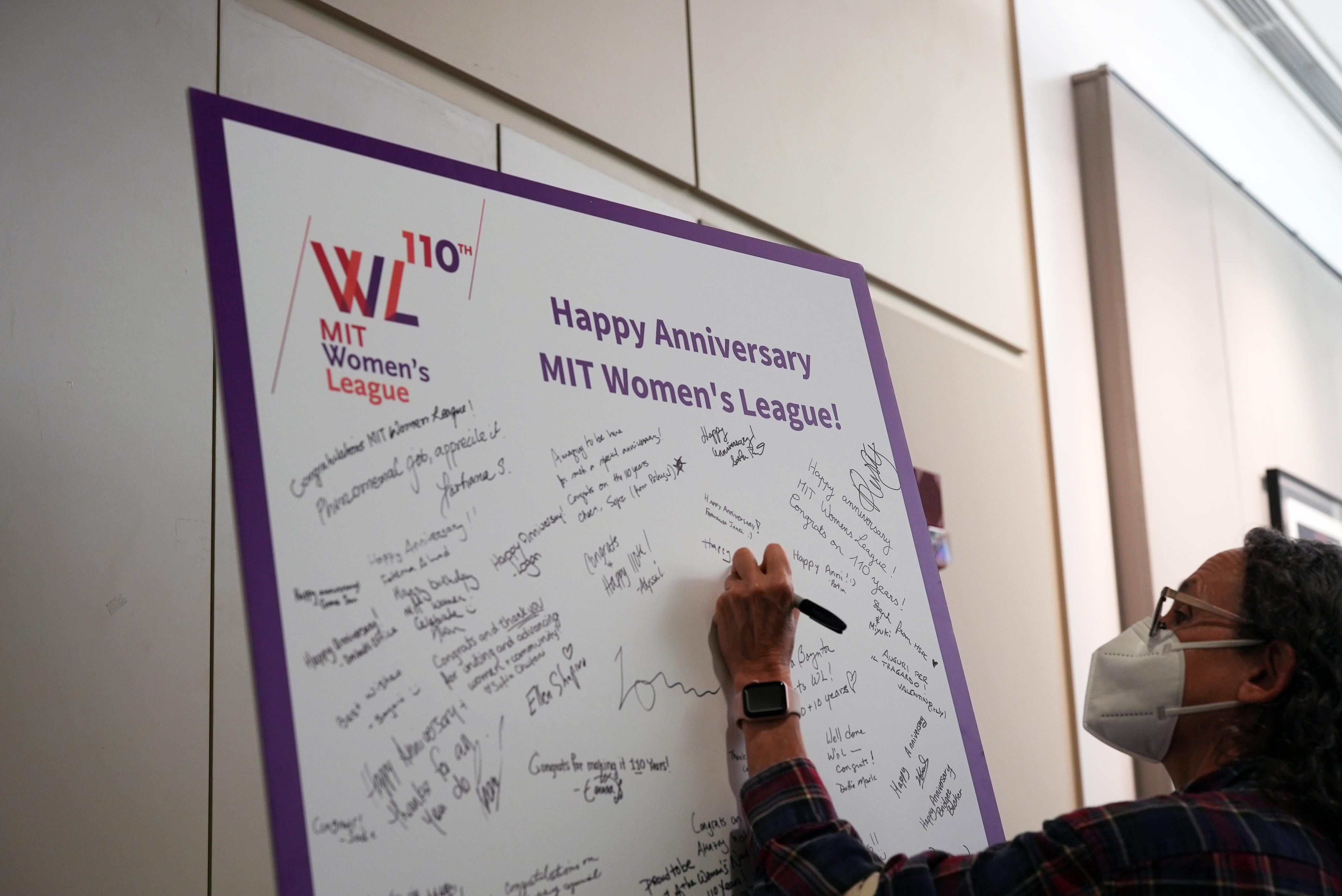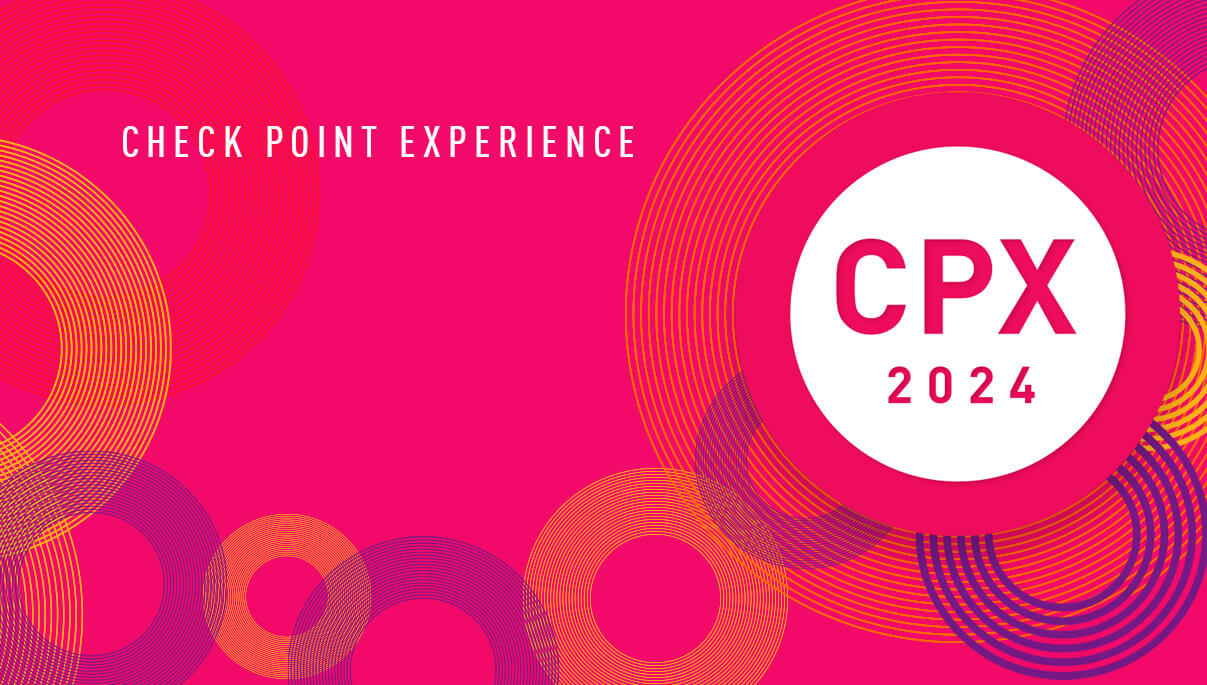
While Santa Claus may have a magical sleigh and nine plucky reindeer to help him deliver presents, for companies like FedEx, the optimization problem of efficiently routing holiday packages is so complicated that they often employ specialized software to find a solution.
This software, called a mixed-integer linear programming (MILP) solver, splits a massive optimization problem into smaller pieces and uses generic algorithms to try and find the best solution. However, the solver could take hours — or even days — to arrive at a solution.
The process is so onerous that a company often must stop the software partway through, accepting a solution that is not ideal but the best that could be generated in a set amount of time.
Researchers from MIT and ETH Zurich used machine learning to speed things up.
They identified a key intermediate step in MILP solvers that has so many potential solutions it takes an enormous amount of time to unravel, which slows the entire process. The researchers employed a filtering technique to simplify this step, then used machine learning to find the optimal solution for a specific type of problem.
Their data-driven approach enables a company to use its own data to tailor a general-purpose MILP solver to the problem at hand.
This new technique sped up MILP solvers between 30 and 70 percent, without any drop in accuracy. One could use this method to obtain an optimal solution more quickly or, for especially complex problems, a better solution in a tractable amount of time.
This approach could be used wherever MILP solvers are employed, such as by ride-hailing services, electric grid operators, vaccination distributors, or any entity faced with a thorny resource-allocation problem.
“Sometimes, in a field like optimization, it is very common for folks to think of solutions as either purely machine learning or purely classical. I am a firm believer that we want to get the best of both worlds, and this is a really strong instantiation of that hybrid approach,” says senior author Cathy Wu, the Gilbert W. Winslow Career Development Assistant Professor in Civil and Environmental Engineering (CEE), and a member of a member of the Laboratory for Information and Decision Systems (LIDS) and the Institute for Data, Systems, and Society (IDSS).
Wu wrote the paper with co-lead authors Siriu Li, an IDSS graduate student, and Wenbin Ouyang, a CEE graduate student; as well as Max Paulus, a graduate student at ETH Zurich. The research will be presented at the Conference on Neural Information Processing Systems.
Tough to solve
MILP problems have an exponential number of potential solutions. For instance, say a traveling salesperson wants to find the shortest path to visit several cities and then return to their city of origin. If there are many cities which could be visited in any order, the number of potential solutions might be greater than the number of atoms in the universe.
“These problems are called NP-hard, which means it is very unlikely there is an efficient algorithm to solve them. When the problem is big enough, we can only hope to achieve some suboptimal performance,” Wu explains.
An MILP solver employs an array of techniques and practical tricks that can achieve reasonable solutions in a tractable amount of time.
A typical solver uses a divide-and-conquer approach, first splitting the space of potential solutions into smaller pieces with a technique called branching. Then, the solver employs a technique called cutting to tighten up these smaller pieces so they can be searched faster.
Cutting uses a set of rules that tighten the search space without removing any feasible solutions. These rules are generated by a few dozen algorithms, known as separators, that have been created for different kinds of MILP problems.
Wu and her team found that the process of identifying the ideal combination of separator algorithms to use is, in itself, a problem with an exponential number of solutions.
“Separator management is a core part of every solver, but this is an underappreciated aspect of the problem space. One of the contributions of this work is identifying the problem of separator management as a machine learning task to begin with,” she says.
Shrinking the solution space
She and her collaborators devised a filtering mechanism that reduces this separator search space from more than 130,000 potential combinations to around 20 options. This filtering mechanism draws on the principle of diminishing marginal returns, which says that the most benefit would come from a small set of algorithms, and adding additional algorithms won’t bring much extra improvement.
Then they use a machine-learning model to pick the best combination of algorithms from among the 20 remaining options.
This model is trained with a dataset specific to the user’s optimization problem, so it learns to choose algorithms that best suit the user’s particular task. Since a company like FedEx has solved routing problems many times before, using real data gleaned from past experience should lead to better solutions than starting from scratch each time.
The model’s iterative learning process, known as contextual bandits, a form of reinforcement learning, involves picking a potential solution, getting feedback on how good it was, and then trying again to find a better solution.
This data-driven approach accelerated MILP solvers between 30 and 70 percent without any drop in accuracy. Moreover, the speedup was similar when they applied it to a simpler, open-source solver and a more powerful, commercial solver.
In the future, Wu and her collaborators want to apply this approach to even more complex MILP problems, where gathering labeled data to train the model could be especially challenging. Perhaps they can train the model on a smaller dataset and then tweak it to tackle a much larger optimization problem, she says. The researchers are also interested in interpreting the learned model to better understand the effectiveness of different separator algorithms.
This research is supported, in part, by Mathworks, the National Science Foundation (NSF), the MIT Amazon Science Hub, and MIT’s Research Support Committee.








